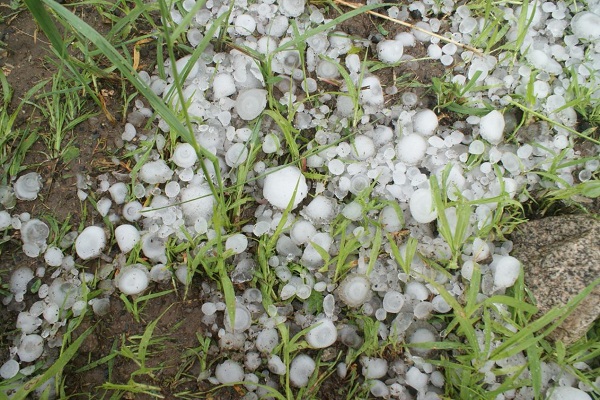Technical points of management of vegetables after disaster relief
Disaster relief is a common severe weather in summer, which is very harmful to vegetable cultivation. With the dramatic changes in weather in recent times, the frequency of disasters has increased to some extent. Therefore, in order to reduce the hazards of disaster relief for vegetable cultivation, reduce economic losses, it is very important to do a good job in disaster management. So what should we do in the face of disasters? Huinong.com Xiaobian is now introducing the technical points of the management of vegetables after the disaster relief as follows. First, according to different types of vegetables 1. Solanum vegetables are vegetables with strong regenerative ability. If the hail is less harmful, the plants can be properly trimmed and then applied with quick-acting fertilizer (nitrogen fertilizer) to promote early development of new shoots and new leaves. . If the seedlings are damaged or the adult plants are seriously damaged, they should be changed according to the situation and some fast-growing vegetables should be replanted. 2. After the bean vegetables are damaged, because the plant regeneration ability is weak, and the suitable sowing date is longer, the re-broadcasting cost is relatively low. Therefore, the residual shoots are generally removed and re-seeded, and the production can be resumed after one month. 3. Because of the large leaf area, melon vegetables are more harmful to hail, while melon vegetables have a long growing period and long seedling period. Therefore, in addition to cucumbers, most of the vegetables should be replanted after the disaster. However, since the method of soil fertilization of melons and vegetables is quite different from other vegetables, it is generally possible to replant 40-60 days of fast-leaf leafy vegetables in a season. After harvesting, the ridges can be changed without further seasons. 4. Fast-growing leafy vegetables can be replanted in the first half of the year due to the short growth period. Second, according to the degree of disaster 1. For plots with serious losses and unsuccessful harvests, it is necessary to grab time to replant, and according to the situation, spinach, baby vegetables, beans, lettuce and other leafy vegetables can be broadcast. 2. Different methods are adopted for different crops with a loss degree of about 50%: tomatoes, beans and cucumbers with strong branching ability can continue to grow with side branches; cabbages and lettuce with no branching ability can be planted with elevated beans and other elevated shelves. vegetables. 3. Foliar spray fertilizer is used to reduce the photosynthetic capacity and enhance the stress resistance. It can be sprayed with 0.1% urea and 0.3% potassium dihydrogen phosphate, or sprayed with “Fai Hu†and other foliar fertilizers. It is sprayed three times in a row every 7 days. And timely spraying drugs to prevent disease, can be used carbendazim 500 times solution, once every 7 days, continuous spraying 3 times. Third, the impact on facility vegetables The severe impact of hail on vegetable production is also manifested in the devastating damage to large and small arch sheds and seedbeds. The hail is so strong that it cannot be prevented, but it is not long. Therefore, after the hail, the damaged film and the residual leaves of the plant should be quickly removed, and the film and the seedlings should be covered in time to minimize the loss. To sum up, in order to deal with the aftermath of disaster relief, it is generally necessary to take different measures to restore vegetable production according to different crops and different degrees of damage. Huinong.com Xiaobian hopes to help growers to successfully survive the high incidence of disaster relief by introducing the management techniques of vegetables after the disaster. 500G Xylitol Bag,Xylitol Crystal Cas,Xylitol Crystal Food Additive,Best 500G Xylitol Bag Soar Biotech Co.,Ltd , https://www.xylitgum.com
